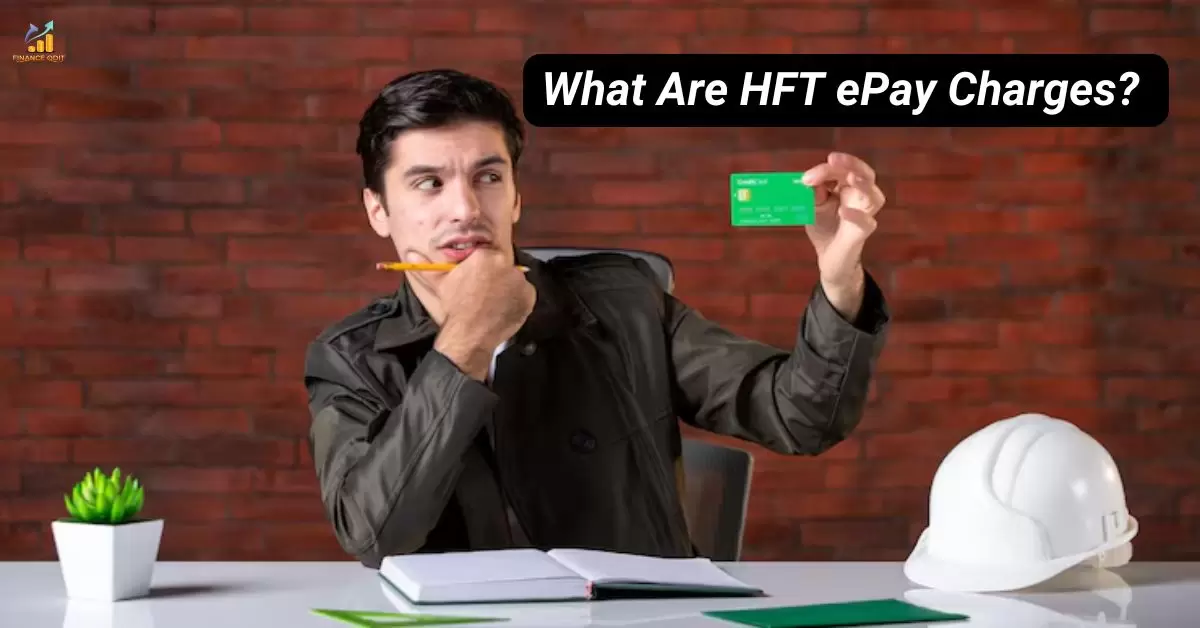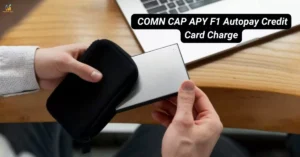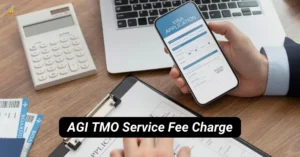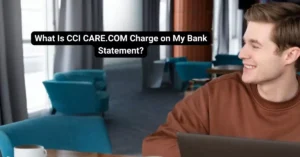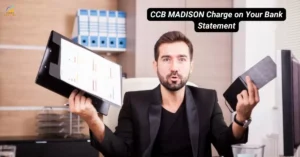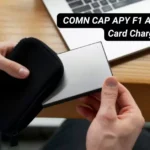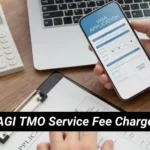In our modern society where everything seems to be digital, even finances have become dependent on technology. Online shopping has become a norm; you can pay for your bills with just a click; there are applications to help you manage your investments and so on.
However, this ease of use has brought about some new words and fees which we may not understand. One such mysterious entry you might’ve spotted on your bank statement is “HFT ePay.” If you’ve ever wondered, “What are the HFT ePay charges on your bank statement?” you’re not alone. Let’s dive into this topic and unravel the mystery together.
Decoding HFT ePay: What Does It Mean?
HFT ePay isn’t just another cryptic bank code. It’s a window into the complex world of modern financial transactions. HFT stands for High Frequency Trading, while ePay refers to electronic payment. Together, they represent a system that processes a large volume of electronic transactions at lightning speed.
In financial markets, high frequency trading is a technique that employs the use of powerful computers to make fast trading decisions. But there’s no reason for concern as the HFT ePay fee on your statement does not imply that you have now become a day trader. Rather, it is employing similar technologies to perform fast and effective processing of regular electronic payments.
Why Do You Get An HFT ePay Charge?
Ever spotted an HFT ePay charge on your bank statement? Don’t stress, it is not as puzzling as it seems. These costs occur whenever you make online purchases, pay bills online and transfer money digitally. Consider HFT ePay as a speed way of your cash zipping through cyberspace to reach its destination.
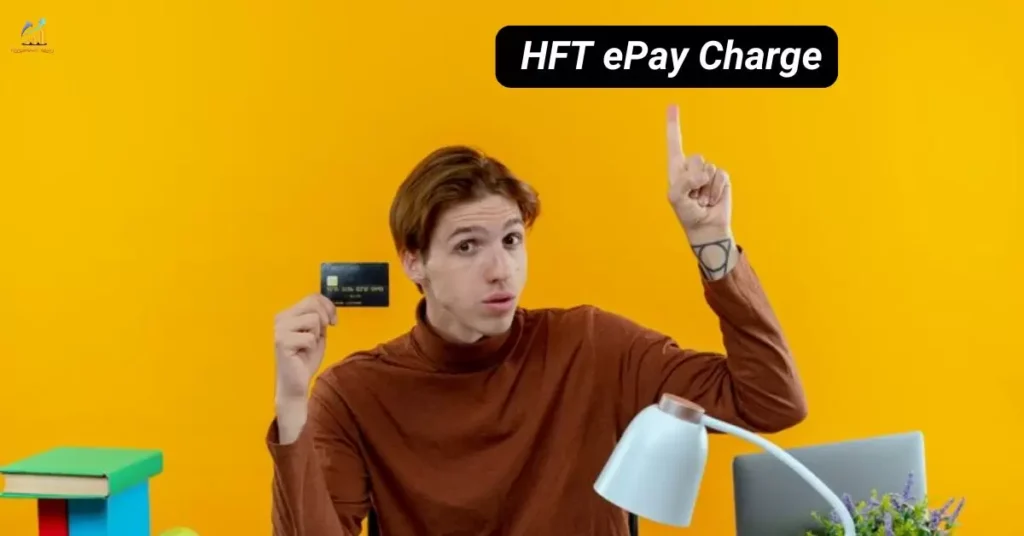
The “HFT” part stands for High Frequency Trading, but don’t let that scare you. It just means your payment is processed super quickly. These fees could be visible on your Netflix account, the impressive tech you ordered on the web and probably even for every single auto-debit transaction you made in favor of some service providers. Everything has been done to ease your daily routine and make the transactions faster.
Types of Transactions Associated with HFT ePay Charges
HFT ePay charges can appear for various reasons. Let’s break down the most common types:
Online Purchases and Subscriptions
We all know about that through online shopping and streaming of pictures in today’s world with Amazon Prime as well as Netflix. When you purchase a new piece of equipment or subscribe to a monthly streaming service, the money goes into an HFT ePay account. This system allows for quick processing, meaning you get your order confirmation or access to services almost immediately.
Automated Bill Payments
Remember setting up that automatic payment for your cell phone bill? Yep, that’s likely processed through HFT ePay too. These recurring payments are perfect for this system because they’re predictable and routine – exactly what high-frequency systems excel at handling.
Investment-Related Transactions
When you are just starting out in online investing, you may have come across HFT ePay fees in connection with purchasing stocks or depositing money into your investment account. The speed which comes with high frequency trading (HFT) systems plays a critical role in the fast-moving arena of finance.
Other Electronic Fund Transfers
Sending money to a friend through a banking app or transferring funds between your accounts? These transactions often fall under the HFT ePay umbrella too.
How to Identify Legitimate HFT ePay Charges
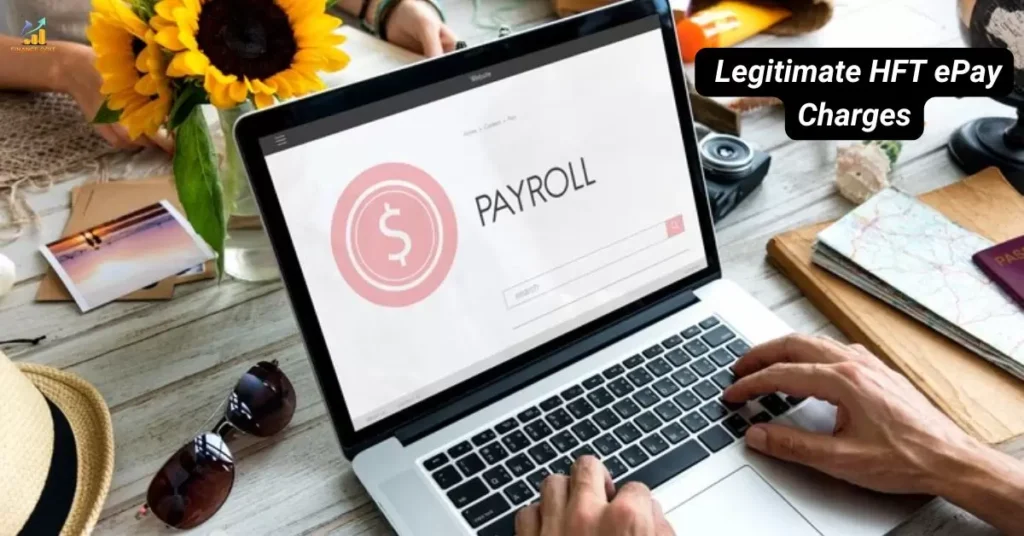
Now that we know what HFT ePay charges are, how do we make sure they’re legit? Here’s a quick checklist:
- Cross-reference with recent activities: Think back to your recent online purchases or bill payments. Do they match up with the charges?
- Check the amount: HFT ePay charges should correspond exactly to amounts you’ve authorized.
- Look for patterns: Regular subscriptions or bill payments will show up as HFT ePay charges at predictable intervals.
- Use online banking tools: Many banks now offer transaction categorization features that can help you identify the source of each charge.
Remember, familiarity is key. The more you understand your spending habits, the easier it’ll be to spot any fishy charges.
What If You Don’t Recognize an HFT ePay Charge?
Even the most vigilant among us might occasionally spot a charge we don’t recognize. Don’t panic! Here’s what to do:
- Double-check your records: Sometimes, company names on statements differ from their brand names. A quick Google search of the exact charge name can often clear things up.
- Contact your bank: If you’re still unsure, don’t hesitate to reach out to your bank. They can provide more details about the transaction.
- File a dispute if necessary: If you’re certain the charge is unauthorized, most banks have a straightforward process for disputing charges. Time is of the essence here, so act quickly.
“The best defense against unauthorized charges is a good offense. Regular monitoring of your accounts is key.” – Financial expert Jane Doe
Read About: What Is CCI CARE.COM Charge on My Bank Statement? Find Out Now!
Protecting Yourself from Unauthorized HFT ePay Charges
Prevention is better than cure, especially when it comes to your hard-earned money. Here are some best practices to keep your finances safe:
- Set up alerts: Most banks offer text or email alerts for transactions. Set these up for real-time monitoring.
- Use strong, unique passwords: Don’t reuse passwords across different sites. Consider a password manager to keep track of them all.
- Enable two-factor authentication: This extra layer of security can make a big difference.
- Regularly review your statements: Make it a habit to go through your transactions at least once a week.
- Be cautious with unfamiliar websites: Stick to reputable sites for online shopping.
The Impact of HFT ePay on Your Finances
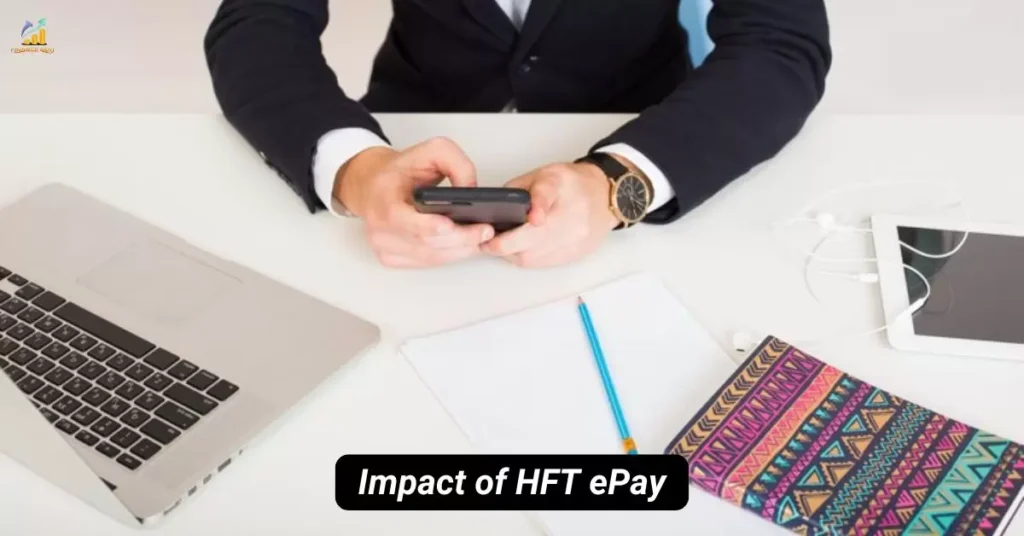
HFT ePay isn’t just a new way to label transactions – it represents a shift in how we interact with our money. Let’s look at some pros and cons:
Benefits:
- Speed: Transactions are processed quickly, often in real-time.
- Convenience: Enables seamless online shopping and bill payments.
- Accuracy: Reduces human error in transaction processing.
Potential Risks:
- Overdraft Fees: Fast processing means less float time between purchase and payment.
- Security Concerns: As with any electronic system, there’s always a risk of hacking or fraud.
- Complexity: Understanding your statement might require a bit more financial literacy.
To mitigate these risks, consider keeping a buffer in your account and staying informed about your bank’s security measures.
HFT ePay Charges: Myths vs. Facts
Let’s clear up some common misconceptions:
| Myth | Fact |
| HFT ePay charges are always suspicious | Most HFT ePay charges are legitimate and represent your authorized transactions |
| You can opt out of HFT ePay processing | This is typically not possible as it’s part of how modern banking systems operate |
| HFT ePay charges cost extra | Generally, there’s no additional fee for HFT ePay processing |
| Only big banks use HFT ePay | Many financial institutions, regardless of size, use similar systems |
The Future of Electronic Payments and HFT ePay
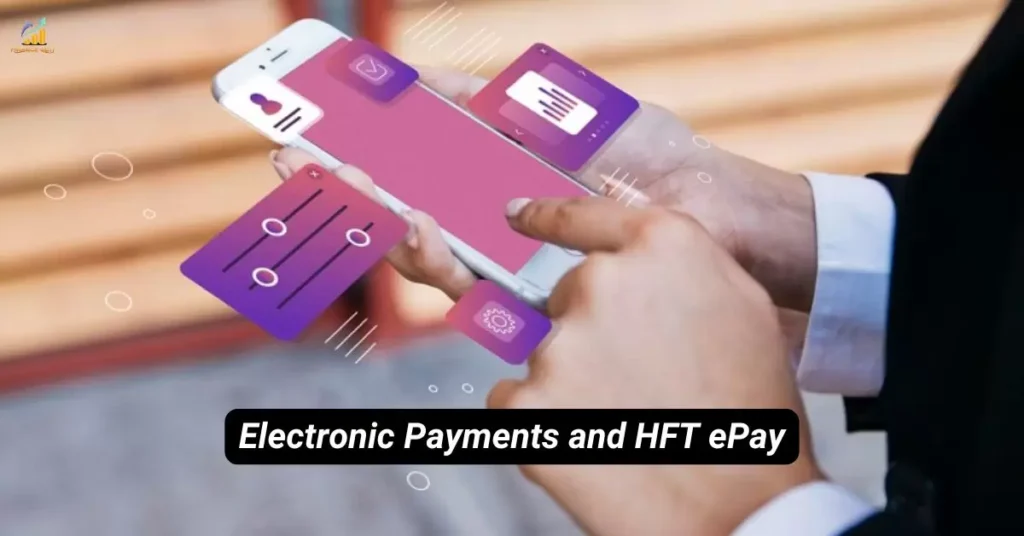
As we peer into the financial crystal ball, what can we expect for the future of HFT ePay and electronic payments?
- Increased Speed: Transactions might become even faster, potentially settling instantly.
- Enhanced Security: Expect more advanced fraud detection systems and user authentication methods.
- Greater Integration: HFT ePay systems might integrate more seamlessly with budgeting apps and financial planning tools.
- Blockchain Technology: We might see HFT ePay systems incorporating blockchain for added security and transparency.
- Artificial Intelligence: AI could play a bigger role in personalizing our banking experiences and detecting unusual activity.
Case Study: The Evolution of Electronic Payments
To understand where we’re going, it helps to look at where we’ve been. Let’s take a quick trip down memory lane:
- 1950s: The first credit cards are introduced, revolutionizing the concept of “buy now, pay later.”
- 1960s: ATMs make their debut, allowing 24/7 access to cash.
- 1970s: Electronic fund transfers begin, laying the groundwork for modern online banking.
- 1990s: Online shopping emerges, creating a need for faster, more secure electronic payments.
- 2000s: PayPal and similar services make peer-to-peer electronic payments mainstream.
- 2010s: Mobile payments and digital wallets gain popularity.
- 2020s: HFT ePay systems become commonplace, processing a vast majority of electronic transactions.
This rapid evolution underscores the importance of staying informed about financial technology. As consumers, we need to adapt and learn to navigate these changes effectively.
Read about: What is the CCB MADISON Charge on Your Bank Statement? Explained!
Frequently Asked Questions
Can I opt out of HFT ePay charges?
No, these charges represent how transactions are processed, not an optional service.
Are HFT ePay charges always the same amount?
No, the amount will vary based on your individual transactions.
How quickly do HFT ePay charges appear on my statement?
Typically, they appear almost instantly or within 24 hours.
Can HFT ePay charges be reversed?
Yes, if they’re unauthorized. Contact your bank immediately if you suspect fraud.
Do all banks use the term “HFT ePay” for these charges?
No, terminology can vary between institutions. Check with your bank for their specific labeling.
Final Thoughts
Understanding what HFT ePay charges are on your bank statement is more than just decoding a mysterious entry. It’s about taking control of your financial life in the digital age. These charges represent the beating heart of modern electronic transactions – fast, efficient, and increasingly ubiquitous.
It is all about being knowledgeable, checking your accounts frequently, and good financial fitness to benefit from HFT ePay systems and evade possible risks. Always keep in mind that knowledge is power particularly in the area of finance.
As we move further into the digital financial frontier, terms like HFT ePay will become increasingly common. Embrace them as signs of progress, but always approach with a healthy dose of caution and curiosity. Your future self – and your wallet – will thank you.

I am a professional finance blogger who simplifies complex financial topics, offering practical advice on personal finance and market trends. My blog helps readers make informed financial decisions with clear, accurate insights.
